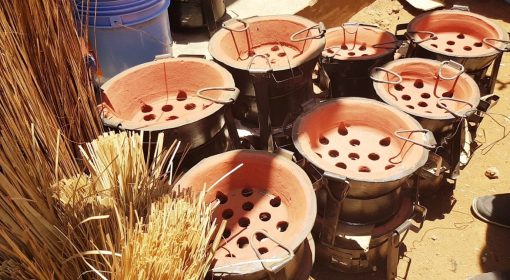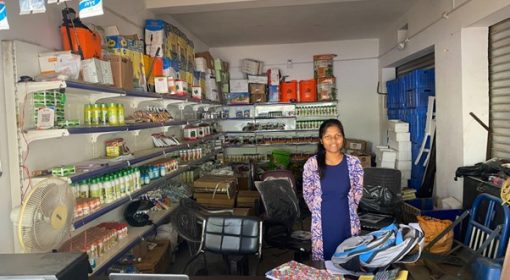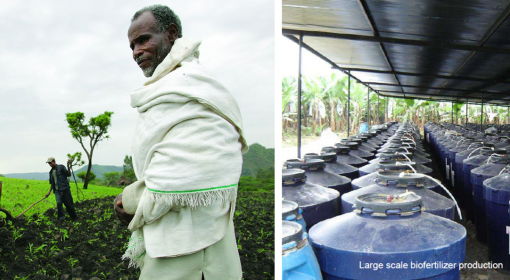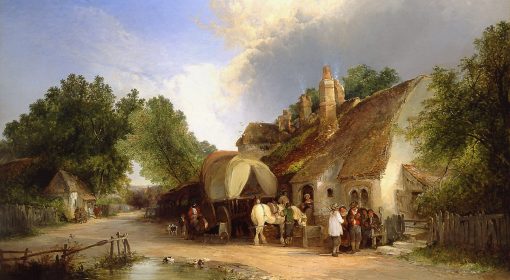By Frank van Steenbergen, Rommert Schram, and Jean Pace Ricci
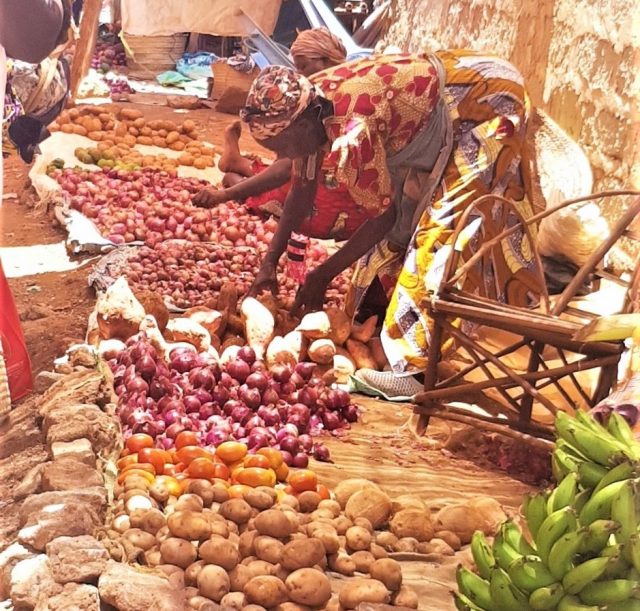
Value chains have received much attention in recent years. They are the conveyor belts of the economy, they make goods and services go around. These conveyor belts can be long or short, and the length determines the way in which goods, services, and ultimately finance are generated and distributed. Here, we will reflect on the merits and short comings of these two types of value chains.
There has been considerable effort in improving international commodity-based value chains – in particular for major consumer commodities: coffee, cacao, essential oils, tropical fruits, fish, wood products. The aim has been to make more money through better trade, more secure arrangements, and to assure that producers are not exploited but get a fair price. Another target has been to bring in better management of global natural resources such as forests and fishing grounds. The total turnover of ‘Fair Trade’ was USD 9 Bn globally in 2018 – serving 1.7 Million farmers – and this is increasing every year. These figures arevery impressive and a major achievement for those who are making it happen.
Yet we need to remember that most commodities and services are exchanged locally and, therefore, most money circulates locally. The FAO estimates that 80% of all that is produced circulates locally; in many areas there is no export crop, and minimal produce actually leaves the local economy. To put things in perspective, there are 2 Bn farmers globally, so only 0.1% of these are served by Fair Trade. This is because Fair Trade is most applicable to longer global commodity value chains, based on the principle that global consumers are willing (and can afford) to pay more for these products. This principle does not work quite as well in the much shorter local value chains of developing rural areas. In most of these areas there is no commodity or product that would come in the purview of an improved global or even national value chain. But the hundreds and thousands of transactions occurring daily in these villages and communities do hold a lot of value!
So we want to argue that rather than focusing primarily on long commodity chains it often makes more sense to focus on local value chains – the turnover of goods and services within the economy of a village or rural district. Most money and barter that goes around, goes around locally. Most services that are exchanged are local. The question then is: how can local value chains be optimized to create rural wealth? How can we deliver rural development that is self-generated and is largely independent of external stimuli?
Below the two value chain approaches are compared: local circular and external commodity-oriented. There is no either/or issue here. The argument is to optimize both types of value chains, but especially not neglect local value chains, as is happening currently.
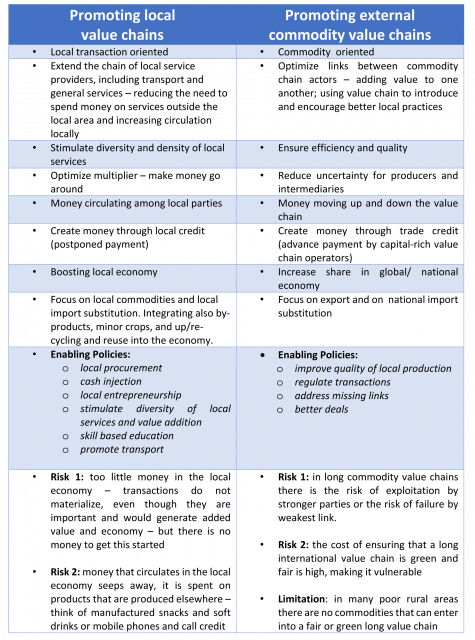
It is not constructive to pitch either of these value chain approaches against the other, as they are not mutually exclusive. However, trends within agricultural development have favored increasing competitiveness on the global market through long commodity value changes – producing something of higher quality, or lower price, and shipping it off to buyers across the globe. This is all well and good if happening through a framework such as Fair Trade which protects the rights and dues of agricultural producers. This is often not a viable option for the majority of rural producers, and for them it is really the local economy that is key to their livelihoods and futures. Each rural center can, and should, be its own micro-economy offering as many of the products and services demanded as possible to ensure money is made, spent, circulated, and multiplied locally.
This is the inspiration that drives the Green Future Farming (GFF) Project – money does not need to trickle down from the urban centers, or from abroad, but can be grown locally. Through the GFF small and micro-enterprises focusing on agri-services will be promoted, reducing the need to spend local money on external services and keeping it within the community. New credit packages and revolving funds will be made available and be coupled with entrepreneurial training and financial literacy to kick-start these SMEs. Interventions like these are the first triggers in the chain-reactions that are vibrant and self-sustaining rural economies.

